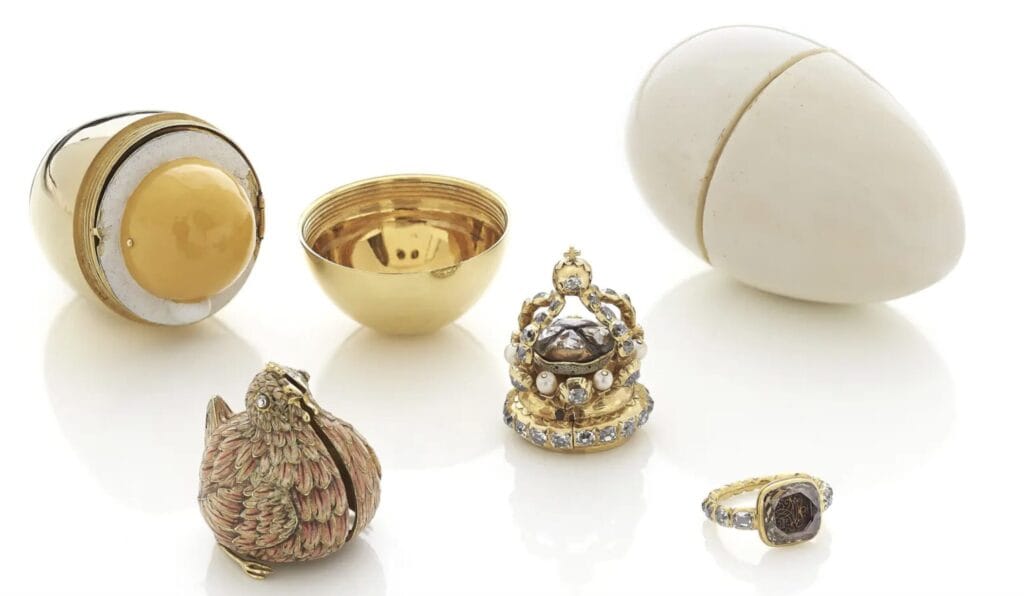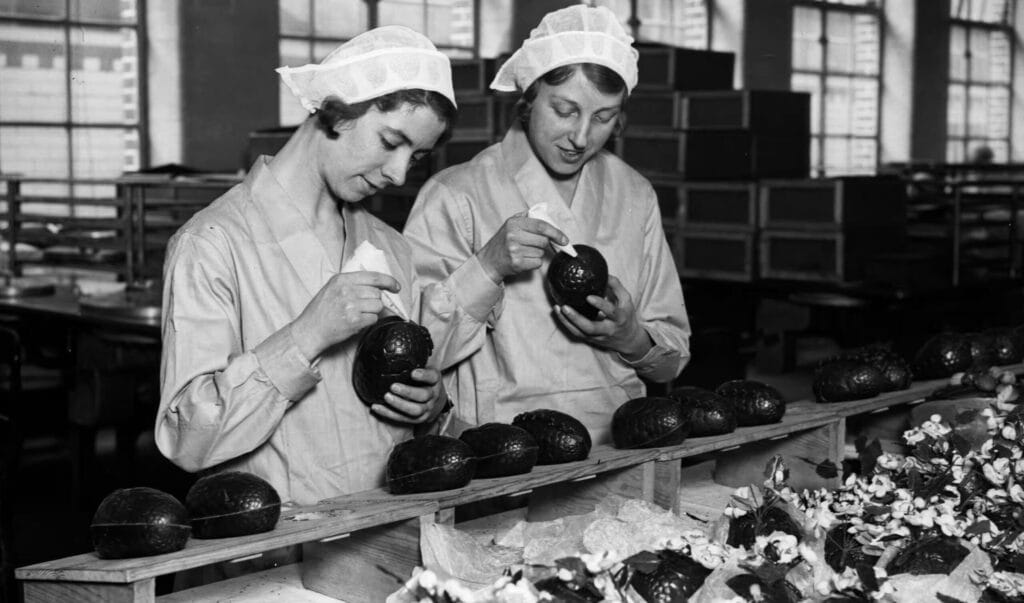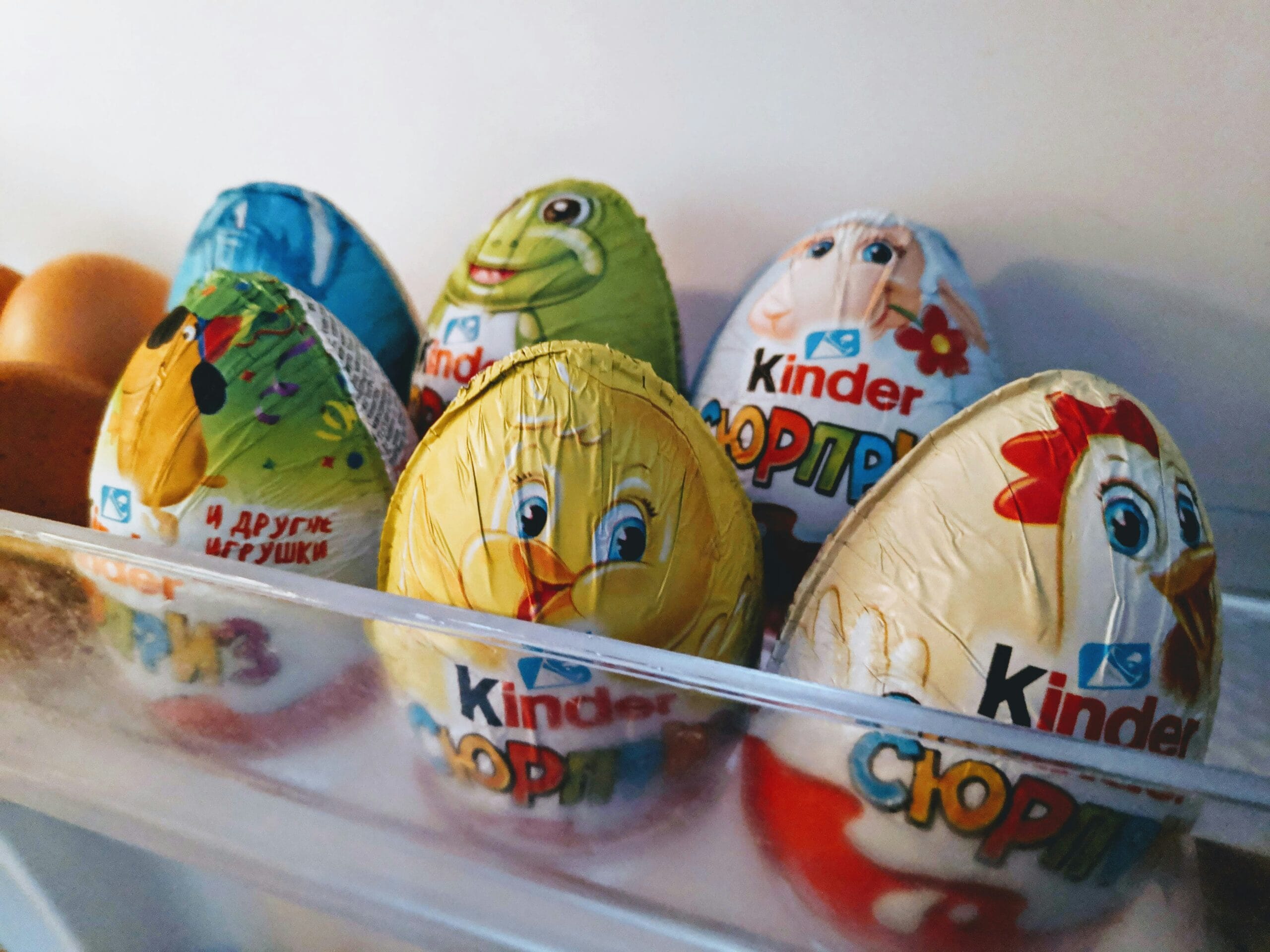RuNet claims that such sweets appeared in the Russian Empire long before the invention of Kinder Surprise. We have verified the accuracy of this information.
“Modern Kinder Surprise began to be produced in the early 1970s by the Italian company Ferrero. And it so happened that the palm in the creation of this popular dessert belongs to her. Although, in fact, the idea of putting a surprise in a chocolate egg - a pleasant trinket that will delight a child - appeared long before that, even in pre-revolutionary Moscow. Yes, yes, the first Kinder surprises began to be produced in the Russian Empire. Moreover, this product was seasonal. A chocolate egg could only be purchased on the occasion of the bright holiday of Easter,” wrote the magazine “Motherland"in April 2025. Similar publications can also be found in the publications “Window to Russia", "Cultural studies" and on the federal portal "History of Russia».
The idea of replacing or supplementing traditional painted or painted Easter eggs with a more valuable gift appeared several centuries ago. So, in the Danish royal collection stored An ivory egg made in France at the beginning of the 18th century. You can open it and find inside a golden yolk, inside of which is a golden chicken, inside of which is a hollow crown, inside of which is a ring with diamonds. A century and a half later, Carl Faberge will create your version this egg was commissioned by Emperor Alexander III (his wife was a Danish princess, who probably saw the “prototype” as a child).

Those who could not afford such masterpieces of arts and crafts and jewelry could buy large eggs decorated with drawings from papier-mâché or cardboard (these were sold in many European countries). They also opened and you could put a little surprise inside.
As for chocolate eggs, they appeared in the 19th century. In 1828, in a Dutch company Van Houten invented a hydraulic press that separates cocoa butter from ground cocoa beans (in most publications the invention is attributed to Conrad Van Houten, but the patent was issued in the name of his father Casparus). Van Houten began producing cocoa powder from the cake remaining after pressing cocoa butter. And the Briton James Fry developed a recipe for hard chocolate that can be molded. He made it by mixing ground cocoa beans, cocoa butter, sugar and spices. In 1847, his company J.S. Fry and Sons started produce slab chocolate. In 1873, she established production of the first in the world chocolate eggs.

Two years later chocolate eggs appeared and in the assortment of another British company - Cadbury's. But if Easter treats from J.S. Fry and Sons were hollow, but Cadbury's chocolate eggs had a surprise inside - little chocolate jelly beans coated in sugar.

Soon, chocolate eggs with dragees, candies, candied nuts and other sweets inside appeared in the assortment of other manufacturers. Who first came up with the idea of putting something inedible in a chocolate egg cannot be established for certain. However, by the early 1910s, such Easter eggs were sold throughout Europe, including Russia.



Thus, the first Easter chocolate eggs with a dragee surprise appeared in Great Britain in 1875. Later they began to put not only sweets in them, but also small toys. By the end of the first decade of the 20th century, similar products appeared in the range of many European companies, including Russian ones. And the innovation of chocolate eggs kinder surprise was that they began to be produced and sold all year round, and not just before Easter.
Cover photo: Unsplash
Read on topic:
- Is it true that the sale of Kinder surprises is prohibited in the USA?
- Is it true that any chocolate bar contains particles of cockroach shells?
- Is it true that chocolate stimulates brain function?
If you find a spelling or grammatical error, please let us know by highlighting the error text and clicking Ctrl+Enter.






